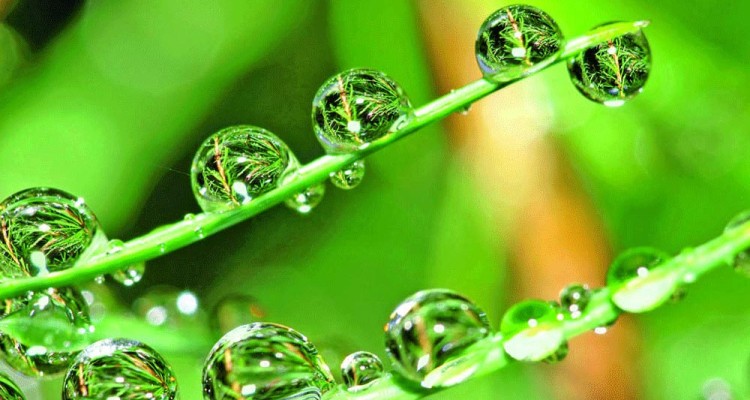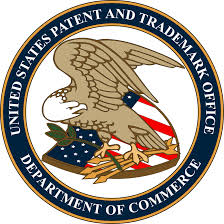In recent years, there has been a growing interest in the use of bio-based resin building blocks in the synthesis of polymers for use in coatings. Bio-based products are derived from plants and other renewable agricultural, marine, and forestry materials and provide an alternative to conventional petroleum derived products.
Driving forces include a growing public and private awareness and interest in the use of renewable raw materials that can meet sustainability expectations and certifications such as Green Seal and Green Guard as well as the USDA BioPreferred Program for product labeling. Green Seal and Green Guard are environmentally driven, whereas the USDA BioPreferred Program functions to encourage the use of renewable agricultural raw materials in products. ASTM d6866 was developed to standardize, certify and classify the bio-based content of materials. Minimum renewable carbon content categories (MRCC) have been established for purchasing by Federal agencies and their contractors.
Table I – BioPreferred Coatings Categories[1]
Bio-based resins for coatings are normally referred to as alkyds (EU). Alkyds are comprised of fatty acid modified polyester resins. These resins are sometimes modified to include a urethane (EU) linkage and thus called uralkyds or oil modified urethanes. The fatty acid portion is derived from naturally occurring or renewable oils derived from sunflower (EU), safflower,soybean (EU), castor (EU), tall (EU) and others. Polyesters (EU) are derived from the reaction product of a polyol (EU) and a di or multifunctional acid or carboxylic acid and anhydride (EU) to form multiple ester linkages in a polymer chain.
To read the full article written by Ron Lewarchik, Chemical Dynamics President, on UL Prospector, click here.






